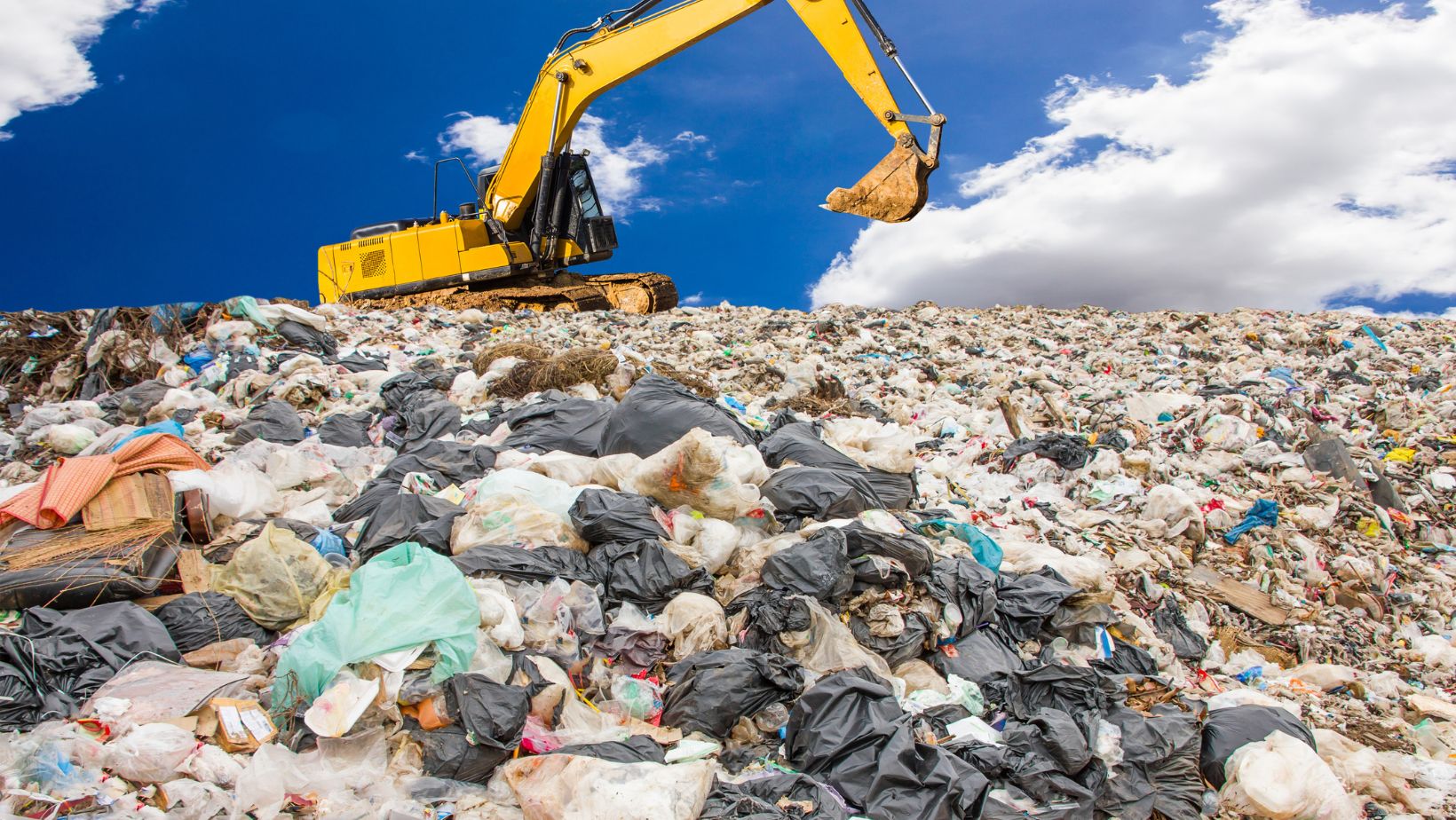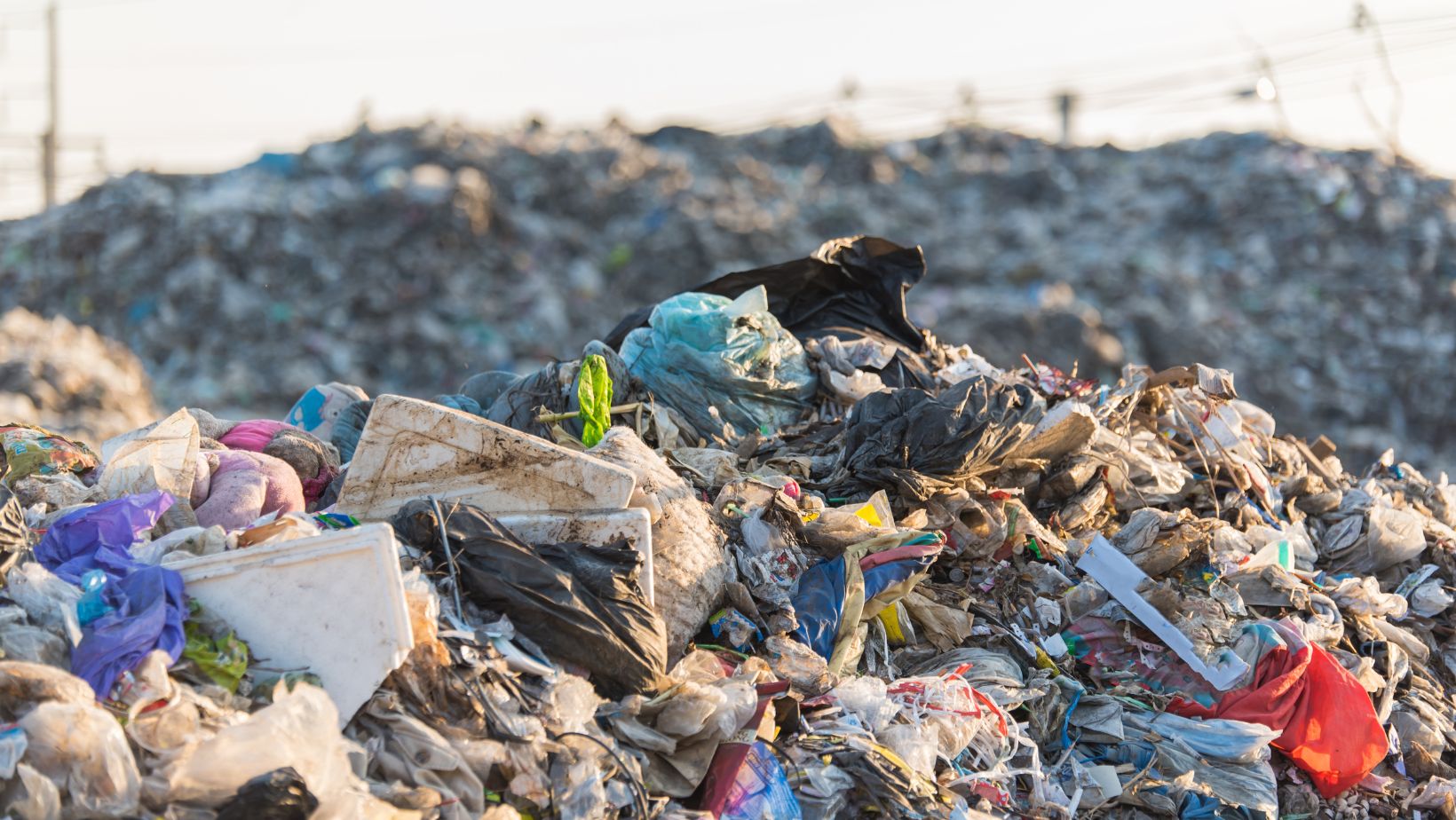
Landfills face pressure to meet sustainability goals, especially when dealing with harmful chemicals like PFAS. These chemicals are very persistent and can move from landfill sites into the environment if not properly managed. Removing PFAS from landfill wastewater and runoff directly helps reduce pollution and supports a cleaner environment.
Effective methods, such as cost efficient PFAS solutions, play a big role in limiting how much of these chemicals end up in local water systems and soil. Choosing the right removal methods not only protects the environment but can also lead to long-term savings for landfill operations by reducing cleanup needs and meeting stricter regulations.
Because sustainability has become a major focus for waste management, landfill operators are looking for options that remove PFAS while being cost-effective and practical. Removing PFAS is an important step for landfills that want to meet new environmental expectations and continue operating responsibly.
PFAS Contamination Challenges in Landfill Management
Landfills face ongoing problems with PFAS because these chemicals do not easily break down in the environment. Managing PFAS contamination requires attention to how PFAS enters the landfill, the way it travels through water, and rules about acceptable levels.
Sources of PFAS in Landfills
PFAS, which stands for per- and polyfluoroalkyl substances, are used in many products. They often come into landfills through household trash, used carpets, clothing, food packaging, and certain firefighting foams. Items coated with nonstick or stain-resistant chemicals are common sources.
In addition to consumer products, wastewater treatment solids and industrial waste may also bring in PFAS. When these materials are thrown out, PFAS flows into the landfill’s mix of garbage and gets washed around by water from rainfall, which is known as landfill leachate.

Old landfills and newer ones both receive waste that contains PFAS. The presence of these chemicals can be hard to trace because they are in a variety of items and do not break down even after many years.
Environmental Impact of PFAS Leaching
When water mixes with landfill waste, it can carry PFAS away from where they were originally disposed. This process is called leaching. PFAS in landfill leachate can move into soil and end up in groundwater, rivers, or lakes.
If PFAS enters drinking water sources, it may affect both people and wildlife. These chemicals are linked to several health and environmental problems, including risks to fish, animals, and people who drink contaminated water. PFAS can travel long distances, making their management challenging after they leave the landfill site.
Some methods to limit this movement include adding special treatment systems for leachate or collecting and treating contaminated water before it leaves the landfill. These steps are often needed to keep PFAS from spreading further into the environment.
Regulatory and Compliance Considerations
There is increasing attention on landfill PFAS management due to new rules and guidelines. Different regions have different limits for how much PFAS can be present in water and waste. Landfill managers need to monitor PFAS levels and adjust their handling or treatment methods to meet these requirements.
Tests for PFAS are often required before leachate is released or treated. As more is learned about the risks of PFAS, regulations may become stricter, including lower limits for PFAS in water or demands for better treatment technology.
Rules about PFAS can change often. Landfills should keep up to date with new sampling, reporting, and treatment demands to avoid penalties and support public safety.
PFAS Removal Strategies and Their Role in Achieving Landfill Sustainability
PFAS are persistent chemicals that can move from landfill sites to surrounding environments. Targeted removal of these chemicals reduces risks to local water, benefits landfill operations, and supports environmental goals.
Available PFAS Removal Technologies
Several methods can lower PFAS levels in landfill leachate. Adsorption is common, with granular and magnetic activated carbon showing high removal rates between 70% and 95%. Membrane filtration, like reverse osmosis, can also filter out PFAS, but it can be costly due to maintenance and concentrated waste streams.
Treatment can use combinations of technologies for better results. Choosing the right process depends on leachate type, PFAS concentration, and disposal needs. Continuous monitoring and system adjustments help maintain steady performance for different landfill settings. Newer filters and advanced oxidation methods are being tested for tougher PFAS removal challenges.
Benefits of PFAS-Free Leachate in Landfill Operations
Removing PFAS from leachate leads to cleaner water leaving landfill sites. This means less risk of groundwater, streams, and soil contamination, keeping nearby ecosystems safer. Landfills with lower PFAS levels in leachate can more easily meet strict discharge permits and avoid penalties.

Operators may find it easier to reuse or recycle treated water, increasing flexibility in water management. Using PFAS removal technology also reduces worries about future cleanup costs linked to chemical spills from leachate. Clean leachate can improve a landfill’s public image and reduce tension with local communities.
Integrating PFAS Treatment with Circular Economy Goals
Applying PFAS removal methods supports resource recovery from landfill operations. Treated leachate could be reused on-site, like in dust control or irrigation, helping reduce the amount of fresh water used. Clean water and PFAS-free outputs open up more options for using treated solids or byproducts safely.
Landfills using PFAS treatment make it more practical to recycle materials like metal and plastic from waste streams. Controlling PFAS levels in drainage helps prevent chemical buildup in soil or recycled materials. As circular economy practices expand, PFAS management becomes important for recovering useful resources that would otherwise go to waste.
Long-Term Advantages of Effective PFAS Removal
Consistent PFAS removal brings lasting gains for landfills. Less PFAS pollution in groundwater and surface water means lower health and environmental risks over time. Landfill sites may avoid costly cleanup actions and tougher rules as laws about PFAS grow stricter.
Early use of PFAS treatment builds trust with regulators, partners, and communities. Landfills can show they are committed to safety and environmental care, making it easier to keep operating in the long run. Upfront investment in removal technology often lowers risk and costs later, as cleanups and legal actions for PFAS are often expensive.
Conclusion
PFAS removal supports landfill sustainability targets by lowering harmful chemicals in leachate and runoff. This helps protect groundwater and nearby water sources from contamination. Reducing PFAS levels also helps meet environmental standards set for wastewater.
Landfills that treat PFAS can build community trust about waste safety. By using effective treatment methods, these sites take practical steps toward safer waste management.
